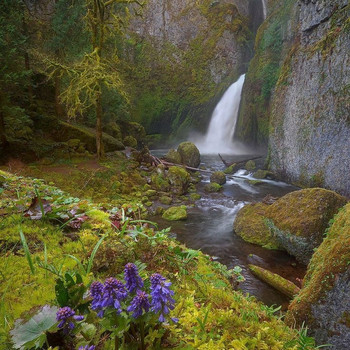Question #678c2
2 Answers
The ellipsoid has surface area
Explanation:
The ellipsoid is generated by the circles drawn into the figure, which form loops around the x-axis. So, the surface area should be equal to the sum of the circumferences of each circle.
The radius of each circle is given by its height
We should write a function describing this. Recalling the equation for ellipses, note that the function here is
This yields the simplification:
The height is then given by
This is the radius of the circle, so our circumference will be given at each point by
So, all we need to do is add up these circumferences. We can find the circles just to the right of the y-axis by integrating from
#S=2int_0^a(2pib)/asqrt(a^2-x^2)dx=(4pib)/aint_0^asqrt(a^2-x^2)dx#
To perform this integration, we could do some tedious work with the substitution
A quicker method, however, would be to realize this is integral describing the area under the curve
We care only for the positive part (the square root is positive) and from
Then:
#S=(4pib)/a((pia^2)/4)=pi^2ab#
The surface area of the torus is
Explanation:
The torus is formed by swinging a circle of radius
The surface area of the torus will be the collective sum of all the circumferences of the circles with radius
Well, we're doing this along the entire distance of
So the surface area would simply be

